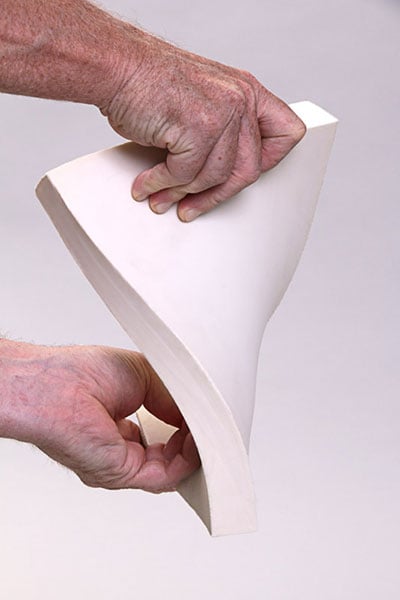Materials for Insulation
Subsea ApplicationsHydrocarbons produced during subsea operations are prone to blockage by paraffins or hydrates that can form when the fluid temperature falls below some critical temperature. It is therefore important to conserve the heat of the fluid and prevent excessive cooling during production and shutdown period. This has become an increasingly important concern as production has moved into deeper water and longer flowlines have been required, and a variety of different insulation methods have evolved.
Presently the following components are now typically insulated: jumpers, valves, sleds, risers, manifolds and flowlines. While the requirements and needs are specific to each application, there are several issues that are commonly critical in these situations. These include long term material performance at elevated temperate, differential thermal expansion and contraction, complex curvature, ease of installation and equipment compatibility, and overall project cost. The high hydrostatic and compressive strength and low density properties that make syntactic foam an efficient buoyancy material coupled with its low thermal conductivity make it a natural choice as an insulator for subsea applications. More specifically, given its thermal efficiency and water resistance, syntactic foam has found considerable use insulating subsea equipment. The high loading of hollow glass spheres in syntactic foams gives them both low thermal conductivity and low specific heat at extremely high strengths. Customers often put these properties to use in pipeline and subsea hardware insulation. |
Thermal Materials
|
Plastics and Composites Applications
Typical thermal properties over a range of densities:
| LB/FT³ (KG/M3) | BTU-IN/HR-FT2-⁰F | W/M- ⁰K | BTU/FT3 -⁰F | KJ/M3-⁰K |
|---|---|---|---|---|
| 24 (385) | 0.42 | 0.061 | 13.45 | 895 |
| 32 (512) | 0.53 | 0.076 | 15.37 | 1026 |
| 40 (640) | 0.83 | 0.115 | 17.29 | 1157 |
| 48 (768) | 1.210 | 0.175 | 19.21 | 1287 |
